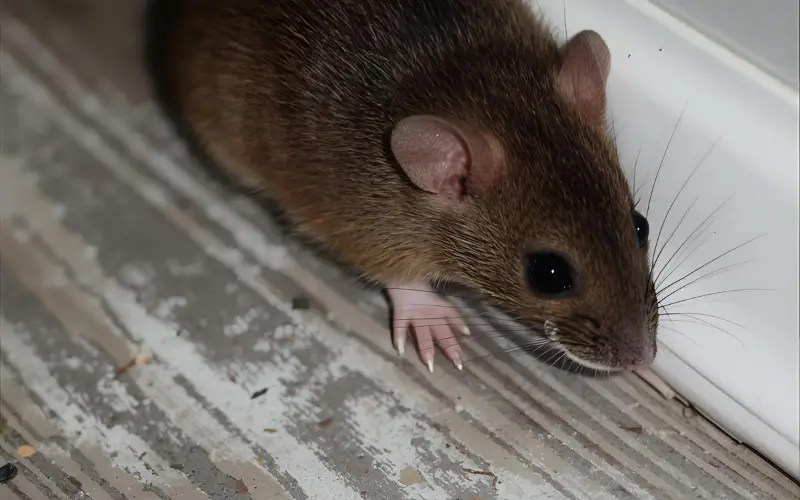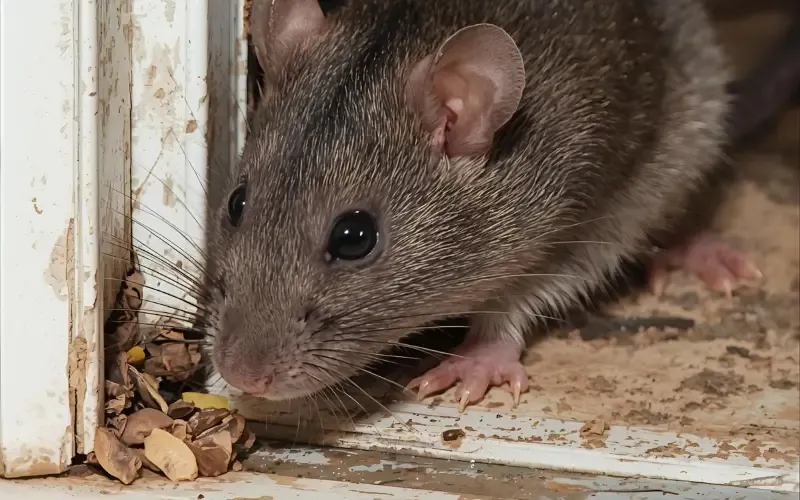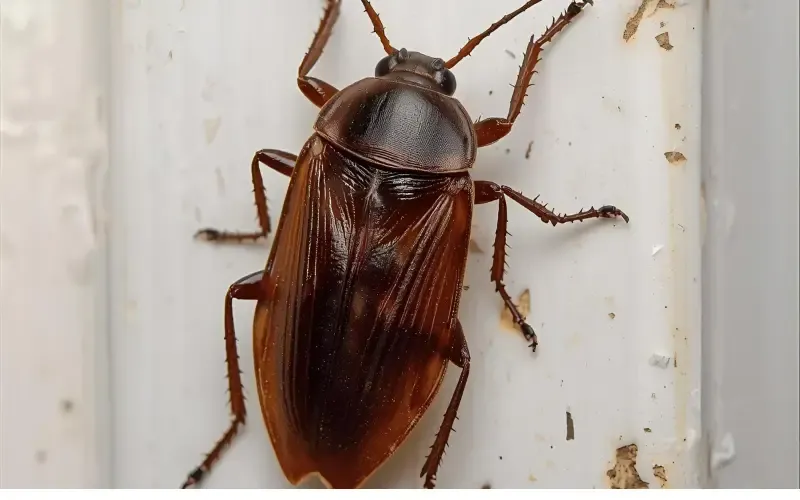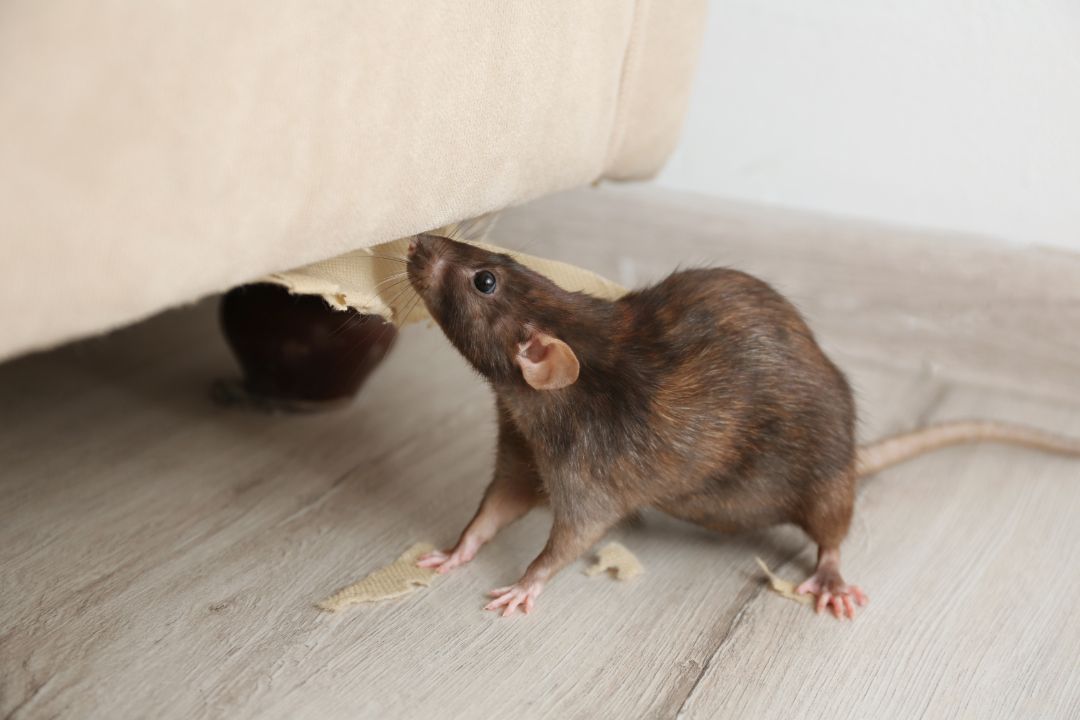How to Tell If You Have Rats or Mice in Your Home
 A few months ago, I started hearing strange noises at night. At first, I just ignored it, thinking it was just a house creaking or maybe a wind blowing outside. However, in one evening, while my kids and I enjoyed watching a movie, I saw a flash of movement in the corner of my eye. I thought it was just our cat running around, but then it kept moving around, and I saw a grey mouse across the kitchen. It looks like it’s sniffing at something.
A few months ago, I started hearing strange noises at night. At first, I just ignored it, thinking it was just a house creaking or maybe a wind blowing outside. However, in one evening, while my kids and I enjoyed watching a movie, I saw a flash of movement in the corner of my eye. I thought it was just our cat running around, but then it kept moving around, and I saw a grey mouse across the kitchen. It looks like it’s sniffing at something.
Of course, I was startled. As someone who keeps cleaning the house and takes pride in having an organised home, what I saw made my skin crawl. I never thought that I would deal with a rodent soon. So, I immediately went into a “research mode”, searching online for pest control near me and reading every article I could find about rodent control in Sydney. And I just found out there are different types of rodents that can easily settle in our homes and how common rodent infestations actually are here in Australia, especially during cooler months.
After learning how dangerous rodents can be, there’s no way I’m letting them stay in my home. I’d never risk my children’s health like that.
The Warning Signs I Noticed at Home
I heard scratching sounds.
That strange noise I heard months ago wasn’t a house creaking or a wind blowing. It came from rodents, and they are more active when the house is quiet. If you ever hear those noises after dark, don’t ignore them. Once you hear those feet running around, it’s not just one or two, probably more. It’s better to call a professional rodent removal service early before the problem gets worse.
Spotted dropping their tracks.
Not long after the noises began, I started noticing small, dark droppings under the sink and behind the pantry door. That’s when I realised I wasn’t dealing with just one mouse, there was an entire family. Seeing fresh droppings or greasy smudge marks along the walls is a clear indicator that you have unwelcome visitors.
Notice some chewed food and wires.
One thing I noticed about rodents is that they love to gnaw on things. I found gnaw marks on my cereal box and even noticed small bite marks on the back of my toaster cord. That is where I was afraid the most, rodents can cause short circuits or even fires. The reason why I rely on a trusted rodent extermination expert in Sydney to completely eliminate them instead of trying DIY traps myself.
Overpowering smells that don’t go away.
A musty, unpleasant odour started lingering in my kitchen. No amount of cleaning made it disappear. As I later learned, rodents mark their territory with urine, and if one dies inside the walls, the smell can be unbearable. And I found a professional rodent control provider that has the tools to locate and remove carcasses safely, saving you from both the stench and the health risks.
Finding the nests.
What frustrates me the most is I keep getting the signs, and so I made sure I checked all corners of my house. I found a nest behind the washing machine made of shredded tissue and bits of cardboard. The rodent Sydney experts I called explained that rats and mice can reproduce every few weeks. That means what starts as one or two rodents can quickly turn into dozens.
Why I Trust Professional Rodent Removal
At first, I tried every home remedy you can imagine. I tried looking up every DIY trick to keep them out, but rodents are stubborn little creatures. I found out they can even get used to peppermint oil, traps, and those ultrasonic gadgets!
That was when I realised that while DIY methods might control small infestations, they don’t solve the root problem. When I finally booked a pest control near me, the difference was immediate. A week after, the noises were gone, and I could finally sleep peacefully again.
Why I Recommend Professional Rodent Control
From roof rats to Norway rats and even house mice, all types of rodents share one goal, and that is to sneak into your home, create a mess, and threaten your family’s health.
That’s why I chose a local and professional rodent removal service. They know Sydney’s climate and rodents common entry points. I also trust their safe, environmentally friendly treatments that keep my children and pets safe. It’s a small investment yet for my long-term peace of mind.
How I Get A Rodent-Free Home
After the treatment, I started noticing how much calmer my home felt. No scratching, no smells, and no panic every time I heard a noise at night. The one I contacted to deal with my rodent problem gave me prevention tips so I and my children can keep living without worry, like sealing all food, trimming overhanging trees, and checking the roof void regularly. So, whether you own a home or run a business, call the reliable and trusted pest control near you before things get out of hand.
Visit Sydney Pest Crew to learn more about their rodent control, removal, and extermination services across Sydney.



